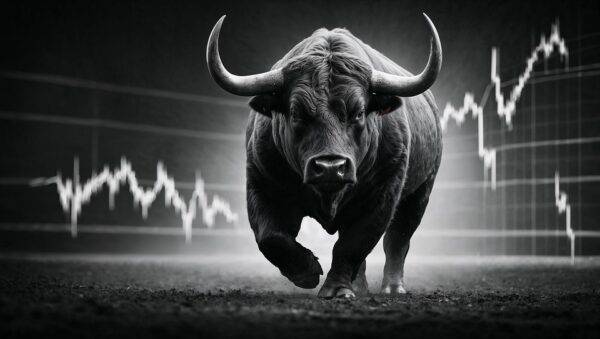VIP LIVEALERTS-PRO

U.S. Retail Sales Outlook
U.S. Retail Sales Decline Signals Economic Uncertainty
Retail Sales Struggle Amid Economic Challenges
U.S. retail sales posted a weaker-than-expected increase of just 0.2% in February, following a sharp 1.2% decline in January. The slowdown raises concerns about the resilience of consumer spending, a key driver of economic growth. With inflationary pressures, higher interest rates, and shifting consumer priorities, the retail sector is facing increasing headwinds.
Consumer Spending Faces Mounting Pressure
Several factors are contributing to the slowdown in U.S. retail sales:
- Inflation Impact – Rising costs for essentials like food, fuel, and housing continue to limit discretionary spending.
- Weaker Consumer Confidence – A steady decline in sentiment indicators suggests growing unease about economic stability.
- Higher Interest Rates – Borrowing costs remain elevated, reducing household spending power and slowing big-ticket purchases.
- Shifting Shopping Habits – Consumers are prioritizing essentials and discount shopping, impacting traditional retail sales.
Retailers Adjust Strategies to Navigate Slower Growth
Major retailers are adapting to changing consumer behaviors by refining their business strategies. Some key trends include:
- E-Commerce Growth – While in-store foot traffic declines, online shopping continues to see steady demand, with a focus on value-driven purchases.
- Discount and Budget Retailers Thrive – Stores offering lower-cost alternatives are outperforming premium and luxury brands.
- Inventory Optimization – Retail giants like Walmart, Target, and Best Buy are adjusting supply chain strategies to align with evolving spending patterns.
Federal Reserve Monitoring Economic Slowdown
The Federal Reserve remains cautious about potential rate cuts, as slowing retail sales add to broader economic uncertainty. If consumer spending continues to weaken, policymakers may adjust interest rate strategies to stimulate growth. However, ongoing inflation concerns make a rapid shift in policy unlikely.
Outlook for Retail and the U.S. Economy
With U.S. retail sales growth slowing, businesses are expected to focus on cost management, targeted promotions, and digital transformation to sustain revenue. The coming months will be critical in determining whether consumer spending rebounds or signals a deeper economic slowdown.
Unlock your trading potential with VipLiveAlerts-Pro and get real-time AI-powered stock market insights today!
Disclaimer: This content provides informational insights. Always conduct independent research before making investment decisions. Past performance is not indicative of future results.
